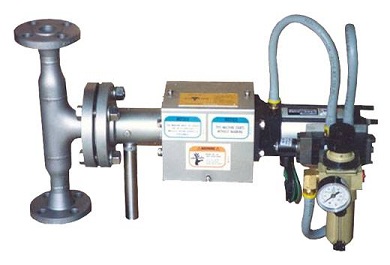At the Wrights Dowson Group, we produce high-quality bulk-handling equipment for the UK. Alongside our manufacture of screw conveyors for varying industries and applications, we also design powder sampling systems.
Powder sampling is a vital step in any manufacturing process that produces powder materials as the end product. To achieve consistent, high-quality results, the material must be tested regularly. Many businesses opt to test powders from non-free-flowing, stored material.
This post will discuss how effective this is and how to go about powder sampling if possible.
Sampling Stored Material
If you want to sample material in storage, such as in a hopper or bin, you should keep several things in mind.
People often assume that the material in the storage bin is well-mixed, but this is often incorrect. Heavier particles in the powder often naturally sink to the bottom, resulting in bias when it comes to your sampling results. As such, you should avoid scooping a sample from the top of the product.
You can get a more accurate sample by sampling from the body of the material. This can be achieved with a sampling spear or thief. You should also devise a template to ensure samples are withdrawn from various parts of the total volume. For example, you may wish to employ a thief sample from designated locations, each several inches apart, and mix them together for a more accurate representation of the whole.
Next, it’s better to sample powders whilst the containers are being filled rather than sampling from bags, bins, wagons or bottles using a scoop or spatula. In any case, sampling from stored material often produces high margins of error. Of course, you can subdivide the bulk sample and provide several analytical samples, but even this provides statistically poor results.
The Solution? Sample From Free-Flowing Material
Ideally, bulk materials or powders should only be sampled when in motion. To obtain an accurate result, you need to sample the product in many short increments rather than sampling a part of the stream the whole time. A gross sample is then made up of a series of increments.
When a human undertakes sampling, errors often enter the equation. Staff might be unable to keep time as effectively and forget the occasional sample. Any inconsistency in their sampling procedure can reduce the results’ accuracy.
If moving free-flowing products with a conveyor, you should consider installing an automatic powder sampler system.
At the Wrights Dowson group, we can advise you, so you find the right solution for your material. Our sampling systems allow you to define how frequently to take a sample and free up your staff to take care of other procedures. So get in touch today to consult one of our friendly and knowledgeable engineers.









